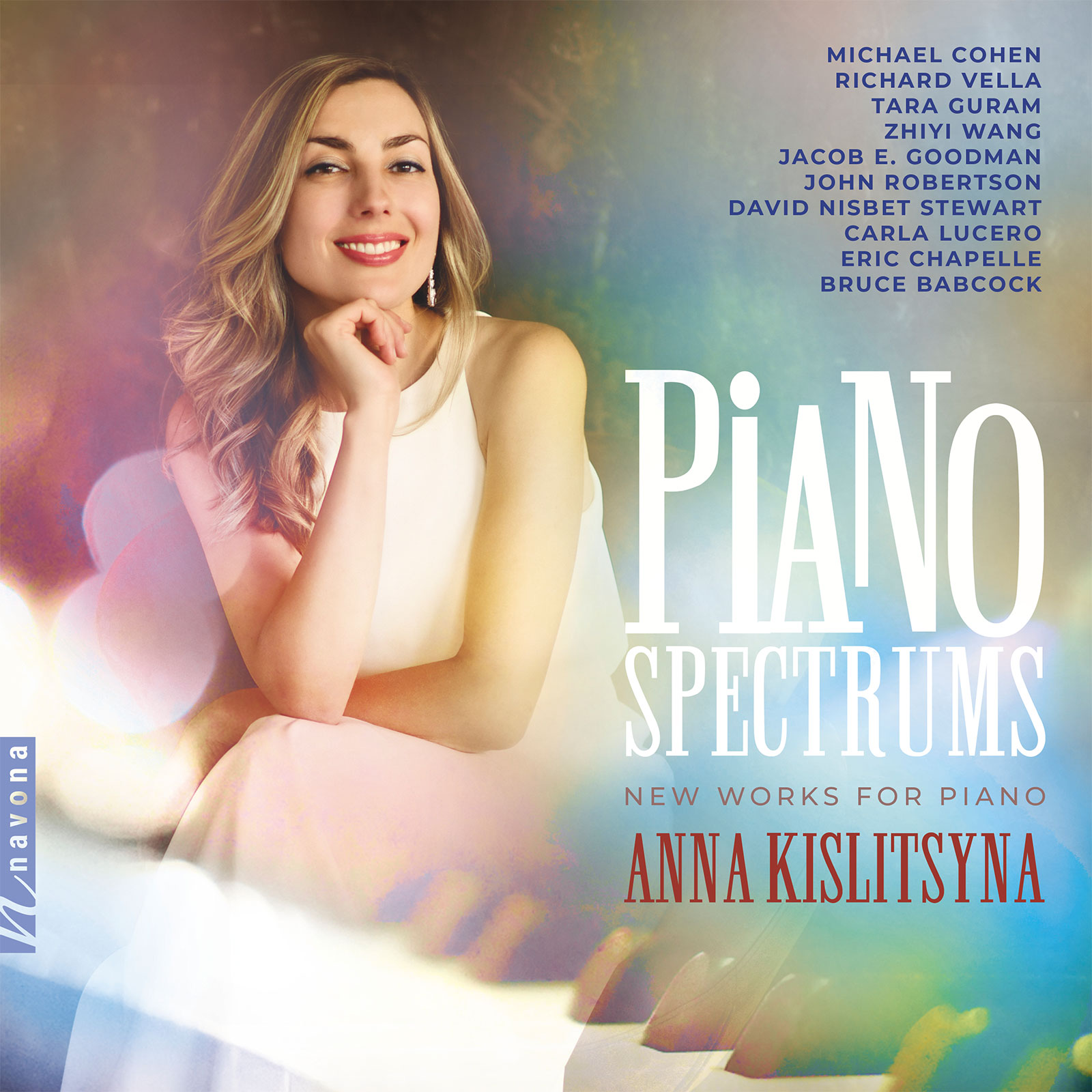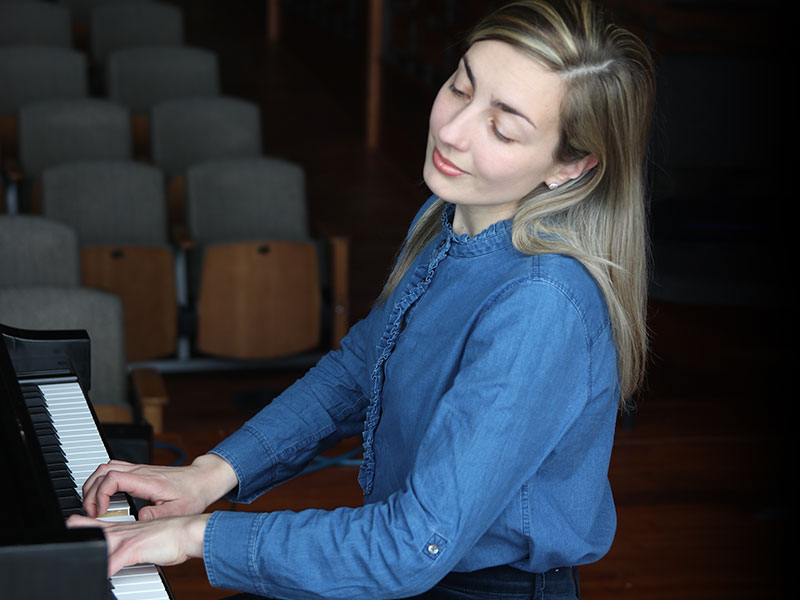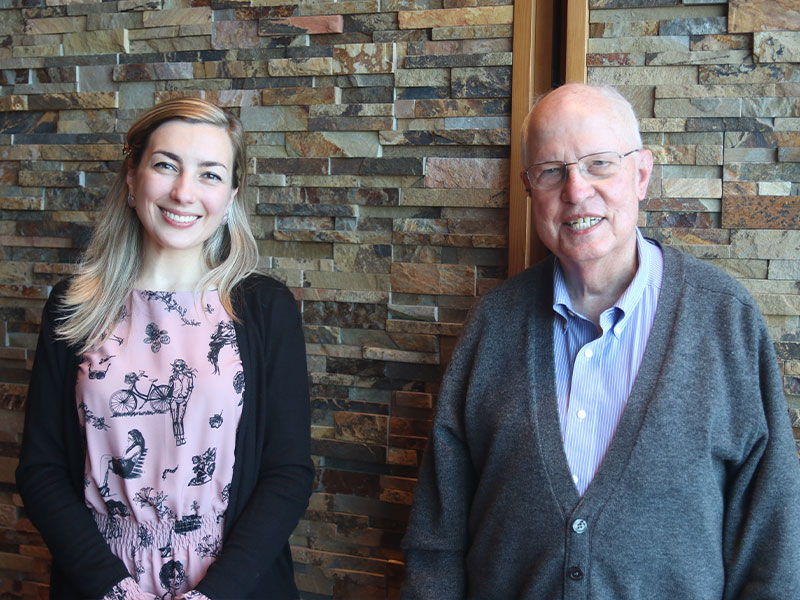Piano Spectrums
Anna Kislitsyna piano
Michael Cohen composer
Richard Vella composer
Tara Guram composer
Zhiyi Wang composer
Jacob E. Goodman composer
John Robertson composer
David Nisbet Stewart composer
Carla Lucero composer
Eric Chapelle composer
Bruce Babcock composer
Acclaimed pianist Anna Kislitsyna stuns on PIANO SPECTRUMS, a profoundly emotive selection of aesthetic contemporary pieces – and a world-class interpretation ranging from tender filigree to unbridled, seething virtuosity.
Ten contemporary composers share their works on this album with an eclectic program, both in terms of styles and subject matters. All the more outstanding, then, is how Kislitsyna scintillates with her wonderful, singing touch and musical sensitivity, effortlessly unifying ten unique voices into an album that is greater than the sum of its parts.
Listen
Stream/Buy
Choose your platform
Track Listing & Credits
| # | Title | Composer | Performer | |
|---|---|---|---|---|
| 01 | Prelude | Michael Cohen | Anna Kislitsyna, piano | 3:22 |
| 02 | Five Mise-en-scènes for Piano, Book Two: Mise-en-scène No. 6 | Richard Vella | Anna Kislitsyna, piano | 1:53 |
| 03 | Five Mise-en-scènes for Piano, Book Two: Mise-en-scène No. 9 | Richard Vella | Anna Kislitsyna, piano | 6:26 |
| 04 | Piano Sonata: Blue Andante | Tara Guram | Anna Kislitsyna, piano | 1:30 |
| 05 | Piano Sonata: Green Sunny Day (for Flora) | Tara Guram | Anna Kislitsyna, piano | 1:44 |
| 06 | Piano Sonata: Black Finale | Tara Guram | Anna Kislitsyna, piano | 5:24 |
| 07 | Etude for Concert | Zhiyi Wang | Anna Kislitsyna, piano | 6:38 |
| 08 | Variations on a Theme of Beethoven | Jacob E. Goodman | Anna Kislitsyna, piano | 11:56 |
| 09 | Prelude No. 5 | John Robertson | Anna Kislitsyna, piano | 2:57 |
| 10 | Prelude No. 6 | John Robertson | Anna Kislitsyna, piano | 3:42 |
| 11 | Prelude No. 2 “Summer Night” A Tango | John Robertson | Anna Kislitsyna, piano | 2:38 |
| 12 | Prelude No. 16 Haydnesque | John Robertson | Anna Kislitsyna, piano | 4:20 |
| 13 | Prelude No. 7 in F# | David Nisbet Stewart | Anna Kislitsyna, piano | 1:39 |
| 14 | Rough Trick | Carla Lucero | Anna Kislitsyna, piano | 3:17 |
| 15 | The Capture | Carla Lucero | Anna Kislitsyna, piano | 1:50 |
| 16 | Place in Landscape (Taormina) | Eric Chapelle | Anna Kislitsyna, piano | 5:54 |
| 17 | Time and Again: i. Disquietude | Bruce Babcock | Anna Kislitsyna, piano | 3:00 |
| 18 | Time and Again: ii. Tarantism | Bruce Babcock | Anna Kislitsyna, piano | 2:55 |
| 19 | Time and Again: iii. Resolve | Bruce Babcock | Anna Kislitsyna, piano | 2:29 |
| 20 | Time and Again: iv. Post-Haste | Bruce Babcock | Anna Kislitsyna, piano | 2:23 |
Recorded April 19-22, July 2-3, 2021 at the Shalin Liu Performance Center in Rockport MA
Session Producer, Editing, Mixing & Mastering Brad Michel
Session Engineer Tom Stephenson
Executive Producer Bob Lord
Executive A&R Sam Renshaw
A&R Director Brandon MacNeil
A&R Chris Robinson, Morgan Santos, Ivana Hauser, Quinton Blue, Jacob Smith
VP of Production Jan Košulič
Audio Director Lucas Paquette
Production Director Levi Brown
Production Assistant Martina Watzková
VP, Design & Marketing Brett Picknell
Art Director Ryan Harrison
Design Edward A. Fleming
Publicity Patrick Niland, Aidan Curran, Brett Iannucci
Content Manager Sara Warner
Artist Information
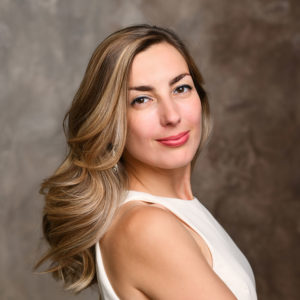
Anna Kislitsyna
Pianist and harpsichordist Anna Kislitsyna made her solo debut at age 10 with the Omsk Symphony Orchestra. She remains in high demand as a soloist, collaborative pianist, and educator. Recent season highlights include five new album productions with PARMA Recordings and two release concerts in Carnegie Hall’s Weill Recital Hall, performing Haydn and Shostakovich Piano Concertos with Helena Symphony and Southeastern Pennsylvania Symphony Orchestra, and returning to the Omsk Philharmonic as a soloist to give the inaugural performance on the new harpsichord.
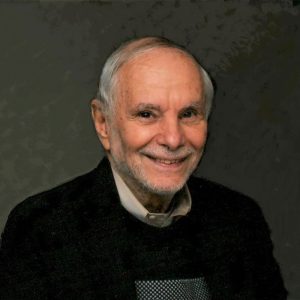
Michael Cohen
New York City native Michael Cohen has a diverse and expansive career as a composer. His many compositions include works for chamber ensemble, musical theater, opera, and television. He attended the High School of Music and Art and the Dalcroze School of Music, graduated cum laude from Brandeis University, and studied composition with Harold Shapero and Irving Fine.

Richard Vella
Richard Vella's diverse output includes compositions for orchestra, large ensemble, choir, film, chamber music, burlesque cabaret, music theatre, contemporary opera, site-specific performances, and popular music genres. Much of his music has been performed and recorded nationally and internationally. His film credits include Light Years, Parklands, and Renzo Piano: piece by piece for which he won the 1999 Australian Screen Composer's Award for best music for a documentary. His feature film music score Travelling Light (2003) received the nomination for “Best Music for a Feature Film” by the Australian Film Institute.

Tara Guram
Initially a geneticist, Tara Guram (b. 1971) was subsequently a prize-winning postgraduate student at the Royal College of Music. Her music has been played internationally, from the Southbank Centre to Carnegie Hall, and broadcast by the BBC. Guram's pieces have been recorded with Sargasso Records, Navona Records, Ravello Records, and NMC Recordings.
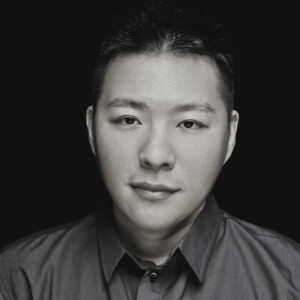
Zhiyi Wang
Zhiyi Wang is a multi award-winning composer who has composed a number of works in different genres, including contemporary classical, film and TV score, modern ballet, musical, world music, and pop music. His music has been performed by prestige artists and leading ensembles including Yuri Bashmet, Lang Lang, Lorin Maazel, China National Symphony Orchestra, Brno Philharmonic, Senzoku Gakuen New Philharmonic, Moscow Soloists, Lviv Chamber Orchestra, Eighth Blackbird, Lemberg Sinfonietta, Villiers String Quartet, as well as many others throughout Asia, North America, and Europe.
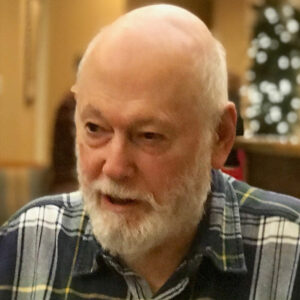
Jacob E. Goodman
Jacob E. Goodman (November 15, 1933 – October 10, 2021), founder of the New York Composers Circle in 2002, was Professor Emeritus of Mathematics at the City College of New York. He studied musical composition with, among others, Ezra Laderman and David Del Tredici. His works have been performed in Delaware, Nebraska, Toronto, Buenos Aires, and Tokyo, and various venues in both New York City and the Bay Area of California. Recent compositions include a set of variations for piano trio; three song cycles; a set of variations for orchestra on a Beethoven theme; a quintet for flute, piano, and strings; a set of intermezzi for piano; a prelude for saxophone and piano; two sets of variations for piano; a duo for cello and piano; a string quartet; and three bagatelles for piano; as well as the score for the documentary film Meet Me at the Canoe, produced for the American Museum of Natural History by his daughter Naomi Goodman-Broom.
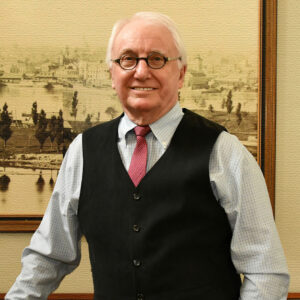
John Robertson
(Ernest) John Robertson (October 21, 1943–February 16, 2025) was born in New Zealand. His secondary school offered music as a full time subject, allowing Robertson to find his footing. Upon leaving school, he went into the insurance business where he spent his working life. He continued to compose on the side after emigrating to Canada in 1967, where he became a longtime resident.
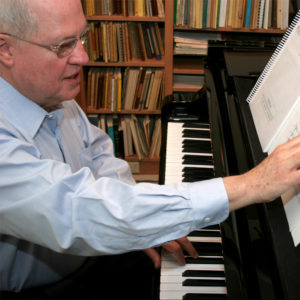
David Nisbet Stewart
David Nisbet Stewart is a composer, pianist, and organist. His career began in academia and migrated into computer technology from 1979 onward. His style of composing also changed as he pursued a new occupation. He believes that leaving academia for the business world was a great benefit to his art. Music is the business of entertainment; the composer must satisfy, even delight, the paying audience. His compositions connect with the listener’s ear and heart.

Carla Lucero
Carla Lucero, (Composer/Librettist), focuses on social justice and giving voice to silenced and marginalized communities. She gravitates to biographical stories that challenge long-held stereotypes, especially stories centered around women. Her goal is to contribute to positive change with her work, which is often multilingual.

Eric Chapelle
Eric Chapelle was born in a village near Paris, France. Music was part of Chapelle’s life from early childhood; he was drawn to the piano in the dance hall while he was boarding in the Russian orphanage in Montgeron at a very early age. The piano soon became his outlet for creative expression and exploration of musical thoughts. Chapelle emigrated to the United States at the age of 7, and spent portions of his life in California, Texas, and India. He received his B. A. in Music with a concentration in composition from Texas State University, training under Russell Riepe, a former student of Nadia Boulanger.
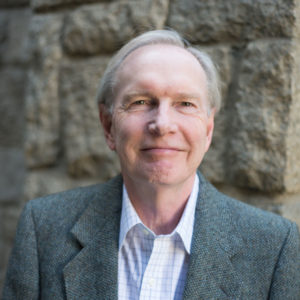
Bruce Babcock
Applauded by Aaron Copland, inspired by Desmond Tutu, and mentored by Hugo Friedhofer and Earle Hagen, Bruce Babcock has spent his working life composing music for the musicians of Los Angeles. Successful in both film and television, and the concert hall, he is known for vibrant, sonorous, expressive pieces that immerse audience and performers alike in an inclusive and exuberant celebration of the musical art.
